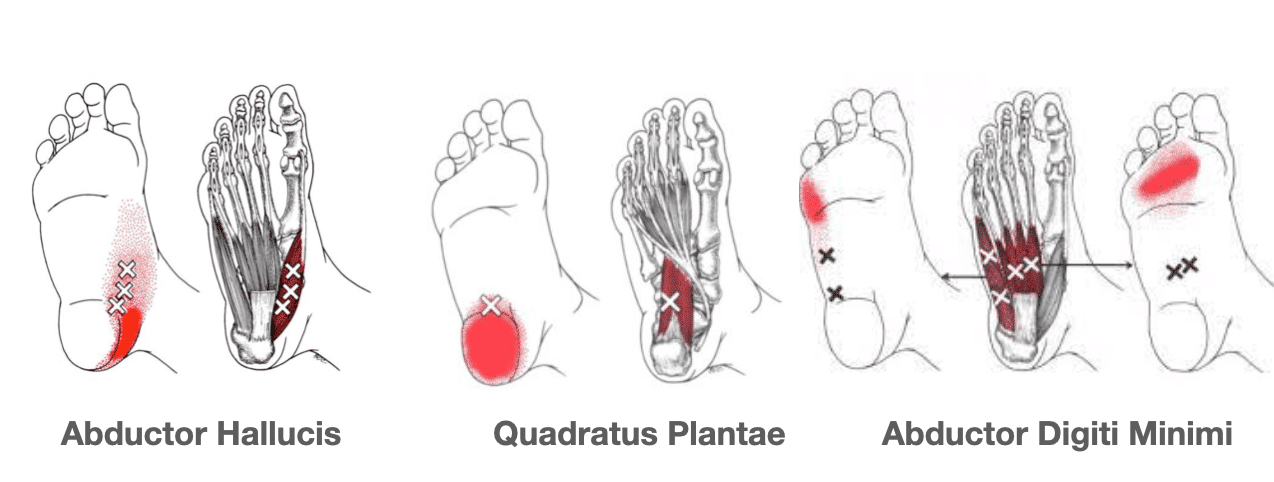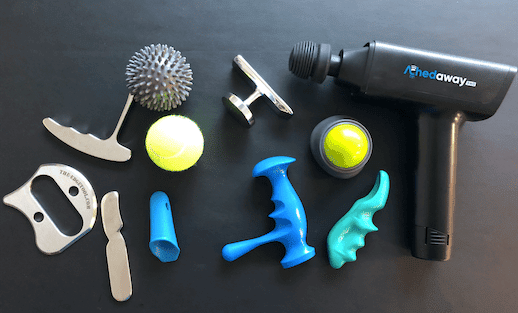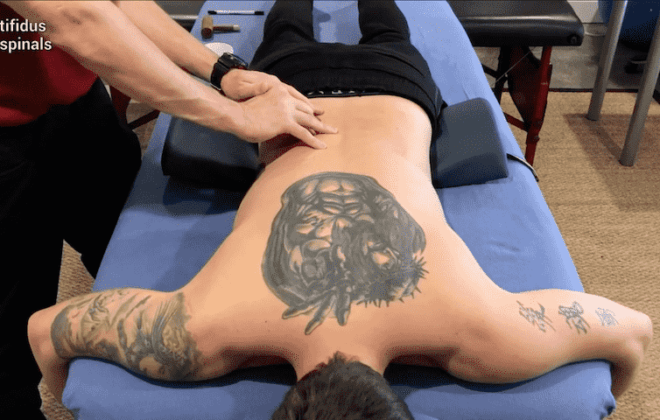Self-Massage Techniques for Trigger Points in Your Feet
Foot pain can be debilitating, and one of the leading causes of foot discomfort is the presence of trigger points in your feet. These tender spots can cause localized pain and discomfort that may radiate to other parts of the body.
In this article, we will explore various self-massage techniques to address these trigger points and provide relief. We will also discuss the role of foot massage trigger points charts in helping you locate and treat these points effectively.
Understanding Trigger Points
What are Trigger Points?
Trigger points are small, tight knots in muscle fibers that can cause pain and discomfort. They often form as a result of overuse, injury, or muscle imbalances. When left untreated, trigger points can lead to chronic pain and reduced mobility.
Differences Between Trigger Points and Pressure Points
While both trigger points and pressure points are sensitive areas on the body, they have different origins and functions. Pressure points in feet are specific locations that allegedly correspond to certain organs and systems when stimulated. Trigger points, on the other hand, are localized muscle knots that cause pain and discomfort often in other areas from where they are being pressed. A pressure point does not refer sensations elsewhere.
Common Trigger Points in the Feet
There are several trigger points in your feet that can contribute to foot pain and discomfort. Some common trigger point areas in the foot muscles include:
- The bottom surface of the foot, including the plantar fascia
- The achilles tendon
- The muscles that control the ankle and foot, including the flexor digitorum brevis, the flexor digitorum longus, tibealis anterior/posterior, peroneals, and others.
- The larger calf muscles including the gastrocnemius muscle and soleus.
Identifying Trigger Points in Your Feet
Using Foot Massage Trigger Points Charts
Foot massage trigger points charts can be an invaluable resource for locating and treating trigger points in your feet. These charts are often used in massage therapy and provide a visual representation of the different trigger points in the foot, making it easier for you to identify and target specific areas.
There are a number of foot muscles that contain trigger points, including the calf muscles (gastrocnemius muscle and soleus) as well as many general areas that can contain a sensitive spot worth working on.

Recognizing Signs of Active Trigger Points
Active trigger points are those that cause pain when pressure is applied. You can identify these hot spots by gently pressing on various areas of your foot and noting any discomfort or pain.
It’s important to listen to your body and pay attention to any pain signals, as this can help you pinpoint the exact location of the trigger points.
Assessing Your Individual Needs
Since everyone’s feet are different, it’s essential to assess your individual needs when it comes to addressing trigger points in your feet. Factors such as your activity level, footwear, and any underlying medical conditions can all contribute to the development of trigger points.
By taking these factors into consideration, you can tailor your self-massage routine to effectively address your specific needs and treat your own trigger points.
Essential Self-Massage Techniques for Trigger Points
Static Pressure Technique
The static pressure technique involves applying sustained pressure directly to the trigger point for a period of time. This can help relax the muscle fibers and release tension. To perform this technique, use your thumb or a massage tool to press firmly on the trigger point for 30-60 seconds.
Stripping Technique
The stripping technique involves applying pressure along the length of a muscle or muscle group, helping to release tension and improve circulation. Using your thumb or a massage tool, apply firm pressure and move along the muscle fibers in a slow, controlled motion.
Pin and Stretch Technique
The pin and stretch technique involves applying pressure to a trigger point while simultaneously stretching the affected muscle. This can help release tension and improve flexibility.
To perform this technique, press firmly on the trigger point while gently stretching the foot or toes.
Cross-Fiber Friction Technique
Cross-fiber friction is a massage technique that involves applying pressure perpendicular to the muscle fibers. This can help break up adhesions and promote healing in the affected area.
Using your thumb or a massage tool, apply firm pressure and move back and forth across the muscle fibers.
Using Tools and Props for Self-Massage
Incorporating massage equipment, tools and props into your self-massage routine can enhance the effectiveness of your trigger point treatment. Some popular tools for addressing trigger points in your feet include:
Massage Balls
Massage balls are small, firm balls that can be used to apply targeted pressure for trigger point therapy. They come in various sizes and materials, such as rubber or foam. To use a massage ball, place it under the affected area of your foot and apply pressure by rolling the ball back and forth.

Foam Rollers
Foam rollers are cylindrical props that can be used to massage larger muscle groups and release tension. They are available in various sizes and densities, allowing you to choose the right one for your needs.
To use a foam roller for your feet, place the roller on the ground and roll your foot back and forth over it, applying pressure to the trigger points.

Handheld Massage Tools
Handheld massage tools, such as massage sticks or trigger point therapy tools, can help you apply precise pressure to trigger points in your feet. These tools come in various shapes and sizes, allowing you to choose the one that best suits your needs.
To use a handheld massage tool, apply firm pressure to the trigger point using the tool’s tip or edge.

Tips for Effectively Using Tools for Trigger Point Massage
- Start with light pressure and gradually increase it as your muscles relax and the trigger points release.
- Spend time on each trigger point, holding the pressure for at least 30-60 seconds before moving on to the next one. Give it enough time to relax and relieve the tension.
- Use slow, controlled movements when rolling or moving the massage tool across the muscle fibers.
- Remember to breathe deeply and relax your body while performing self-massage.
Integrating Self-Massage into Your Routine
Establishing a Consistent Self-Massage Schedule
Incorporating DIY foot massage into your daily routine can help you maintain healthy feet and prevent the development of trigger points. Aim to perform your self-massage trigger point therapy for at least 10-15 minutes each day, focusing on any areas of discomfort or tension.
Combining Self-Massage with Other Foot Care Practices
In addition to self-massage, it’s essential to practice proper foot care to maintain overall foot health. This includes wearing supportive footwear, stretching and strengthening your foot muscles, and addressing any underlying medical conditions that may contribute to foot pain.
Monitoring Progress and Adjusting Techniques as Needed
As you continue your self-massage routine, keep track of your progress and make adjustments to your techniques as needed. If you find that certain trigger points are not improving, consider seeking professional help from a massage therapist or physical therapist.
Conclusion
Understanding and addressing the trigger points in your feet can be a very powerful way to maintain healthy feet and prevent pain. By incorporating self-massage techniques and using tools like foot massage trigger points charts, you can effectively target and release these trigger points.
By making self-massage a regular part of your myofascial pain relief routine, you can experience improved foot health and overall well-being.
Sam Visnic
Most Popular Posts
Categories
- Deep Gluteal Pain Syndrome (8)
- Deltoids (2)
- Foam Rolling (2)
- Glutes (9)
- Hamstrings (5)
- Hypnosis for Pain (3)
- Lats (2)
- Levator Scapulae (4)
- Lifestyle (8)
- Massage Therapy (39)
- Mobility (21)
- Movement and Exercise (19)
- Muscles (22)
- Nutrition (2)
- Obliques (1)
- Pain (25)
- Pectorals (3)
- Piriformis (3)
- Plantar Fasciitis (11)
- Psoas (11)
- Quadratus Lumborum (3)
- Quadriceps (2)
- Rhomboids (3)
- Sciatica (1)
- Serratus Anterior (1)
- SI Joint (14)
- Sternocleidomastoid (1)
- Stretching (18)
- Subscapularis (1)
- TMJ (2)
- Trapezius (1)
- Uncategorized (12)









